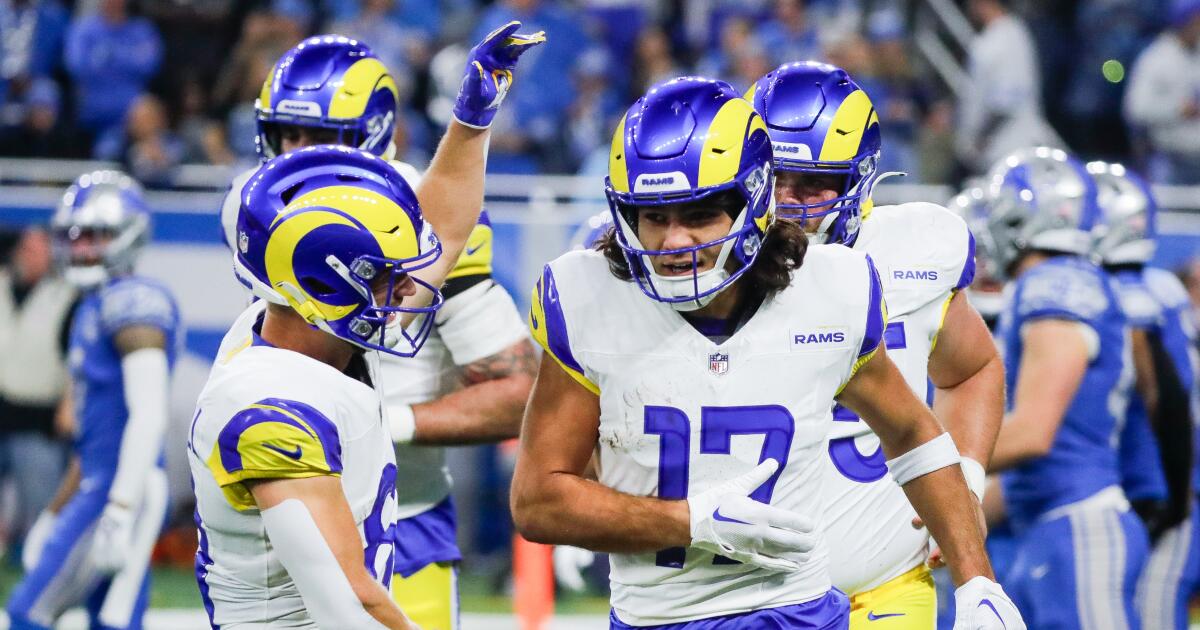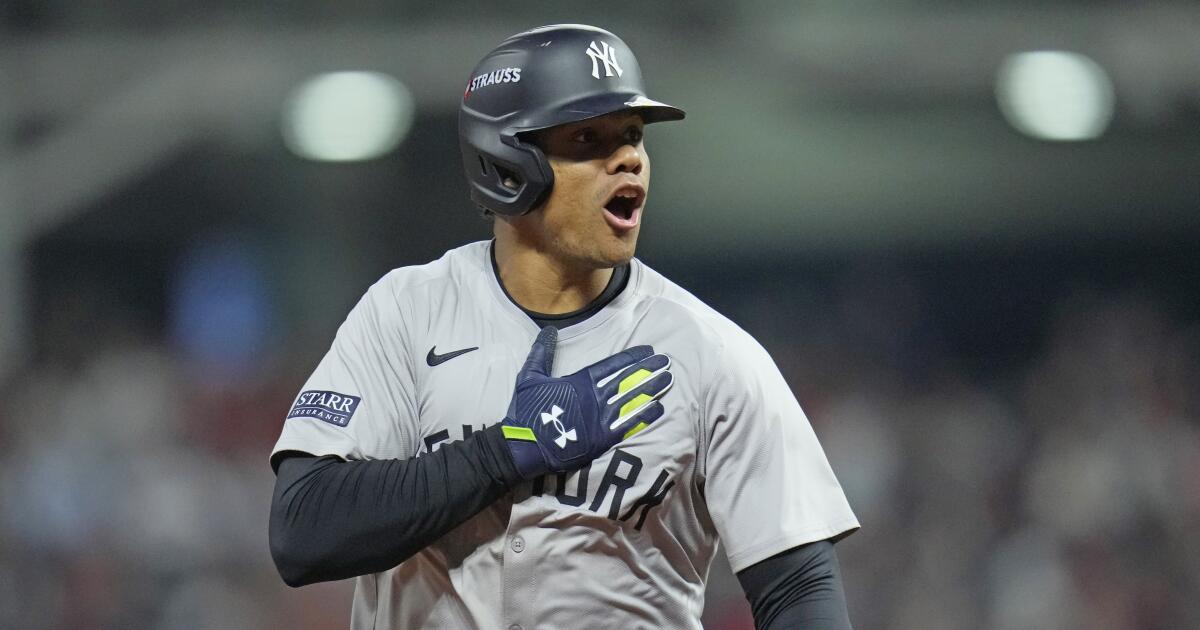The Loons set up with Wil Trapp and Robin Lod as the midfielders, and a relatively narrow forward trio of Tani Oluwaseyi, Bongokuhle Hlongwane and Sang Bin Jeong — all fast, energetic and willing to defend. It meant Puig was getting harried both coming and going; if he pushed forward, Trapp and Lod were in his face, and if he dropped deeper, he had one of the forwards nipping at his ankles.
Of course, the Galaxy adjusted in the second half. Coach Greg Vanney has spent a lot of time tinkering with the two other spots in the midfield of his 4-3-3 setup, especially after German legend Marco Reus arrived midseason.
In the second half of that first game against the Loons, it was then-forward Diego Fagúndez who pushed up higher in the LA midfield, helping outnumber Minnesota in the center. It scrambled the defensive scheme, and Puig got two assists — once after a lost duel along the sideline gave him space, the other after a transition moment opened the entire center of the field.
“The two times we don’t locate Puig, he dribbles and he makes plays,” Trapp said after the game.
The second game between the teams, in early July, was also about the Galaxy sending an extra man forward. This time, the Loons defended in a 5-4-1, further clogging the center — so Los Angeles started pushing right back Miki Yamane into the attack, where he picked up an assist on the game’s first goal.
These countermoves do hint at the Galaxy’s weak spot, however. For all their offensive success, the three forwards and Puig basically don’t play defense. Send another player or two forward, and suddenly the Galaxy’s back line starts to look pretty exposed. No team in the league gave up more open-play shots this season, and no team gave up more goals from set pieces.






